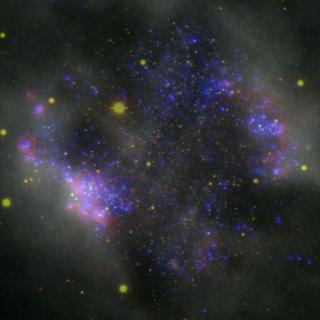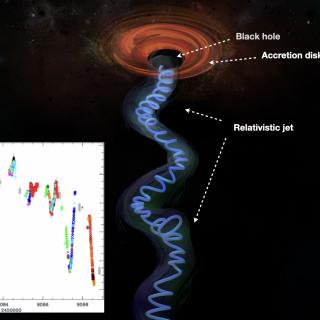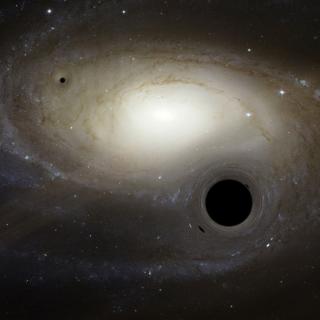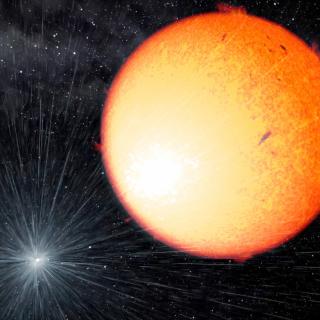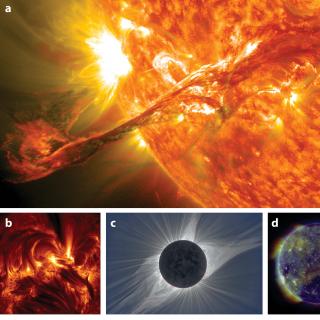
The prestigious journal Annual Review of Astronomy and Astrophysics invites two researchers from the Instituto de Astrofísica de Canarias (IAC) to publish an article reviewing the most important advances in the study of the magnetic fields in the outer regions of the solar atmosphere. Every year, the editorial committee of the journal Annual Review of Astronomy and Astrophysics (ARAA) meets to decide which researchers to invite to prepare their reviews, one for each field in Astrophysics. One of the 12 articles of the recently published volume 60 has been written by the IAC researchers
